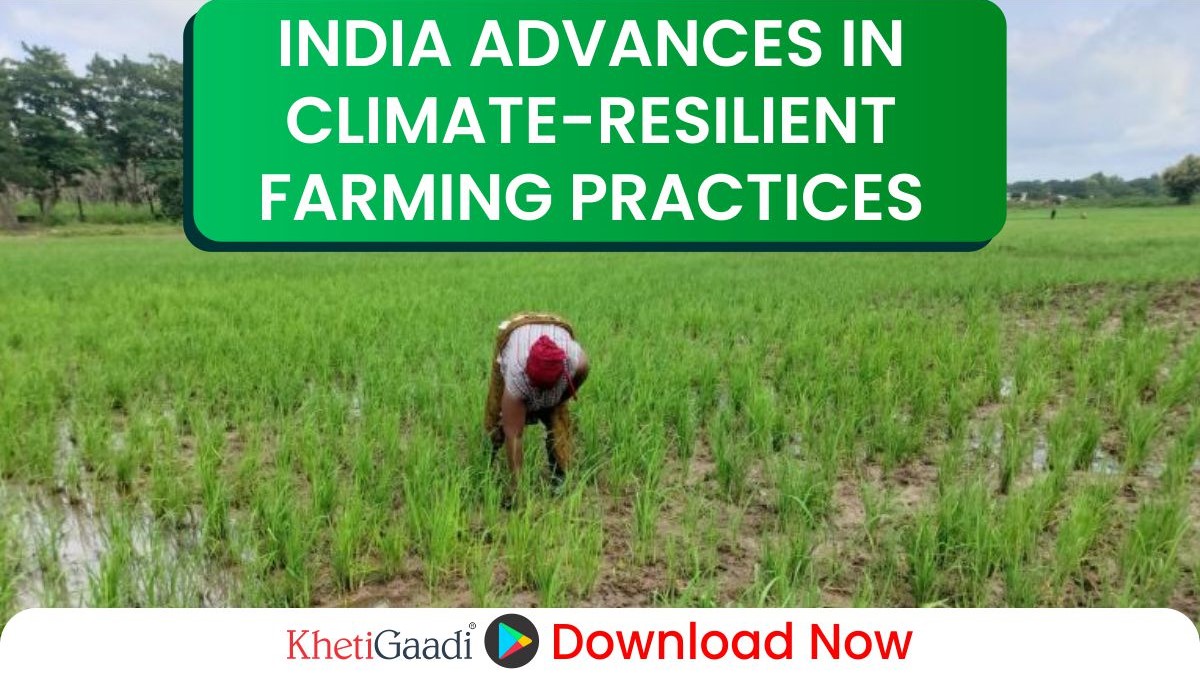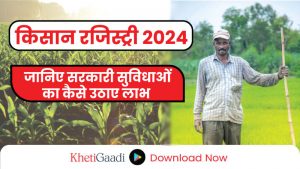Innovative Strategies for Sustainable Farming in India
With innovative strategies, integrated farming systems, and proactive government initiatives, India is carving a path towards climate-resilient agriculture.
Agripreneurship and Agriprenuearship Agriculture and its allied activities are essential to sustainable development and economic progress. They guarantee food and nutritional security for the country’s 1.4 billion citizens and spur production, employment, and demand through widespread backward and forward linkages. While agriculture in India contributes approximately 16% to the GDP, it supports close to 49% of the workforce (Economic Survey, 2018). But the sector is extremely vulnerable to climate variability, as more than half of India’s farmland relies on rainfed irrigation.
Political Expediency Though the pressure on natural resources is growing increasingly acute, climate change is not the only exacerbating factor; the very complexities of life in some of the world’s poorest regions are what make the circumstances of those populations uniquely vulnerable.
KhetiGaadi always provides right tractor information
Major Issues of Climate Change in Agriculture
The Irregularity of Rainfall: Due to less rainy days but with heavier rain, the irregularity of rainfall is a burning issue now. Resulting in massive soil erosion and extended dry spells. These disturbances in the hydrological cycle will lead to extreme events and to floods and droughts depending on different regions in the country at various times.
Soaring Temperatures: Rising heat is especially dangerous in tropical countries such as India, where many conditions are close to the threshold of what crops can endure. Heat stress has a negative impact on crop yield by decreasing the fruit set in citrus crops or increasing water loss in vegetables.
Livestock and Poultry: Climate variability impacts animal productivity and reproduction. Feed intake, milk yields and quality of meat and eggs are diminished in high temperature and humidity. Poultry is especially sensitive to heat stress, which results in thinner eggshells and more breakage.
Pests and diseases: Climate change changes where, how long, and how much pests and diseases spread. Increasing temperatures and humidity provide better conditions for pests, making their management harder and more unpredictable.
Strategies for Mitigation and Adaptation
The need to both minimise risks and seize opportunities creates the need to adapt to climate change. Considering the limited resources available to most Indian smallholder farmers, the key is to build resilience.
Water Resource Management: Erratic rainfall must be met with efficient rainwater harvesting, recycling, and usage through advanced irrigation techniques and water budgeting.
Integrated Farming Systems: Simulation of crops and animals with aquaculture and plantations; diversifying makes basic farming activities risk-free. Planning response strategies for alternate crops and land uses suited to the particular agro-climatic conditions to build resilience.
Technology and Innovation: The promotion of resource-efficient practices, developing climate-resilient crop varieties and agro-biodiversity conservation are essential Farmers have been empowered over better decision-making options through tools such as pest forecasting models, weather-based advisories, risk management systems, etc.
Community Engagement and Education: Engaging communist community members in production management and education about sustainable practices. To ensure widespread adoption of the solutions they provided, they also educated farmers, consumers, and markets about climate-resilient agriculture.
Stay connected to the KhetiGaadi WhatsApp channel and get the latest updates on farming innovations and government schemes. Visit KhetiGaadi for more information and guidance.
Contact Khetigaadi for guidance and updates on agriculture schemes for farmers:
Phone: 07875114466
Email: connect@khetigaadi.com
To know more about tractor price contact to our executive






